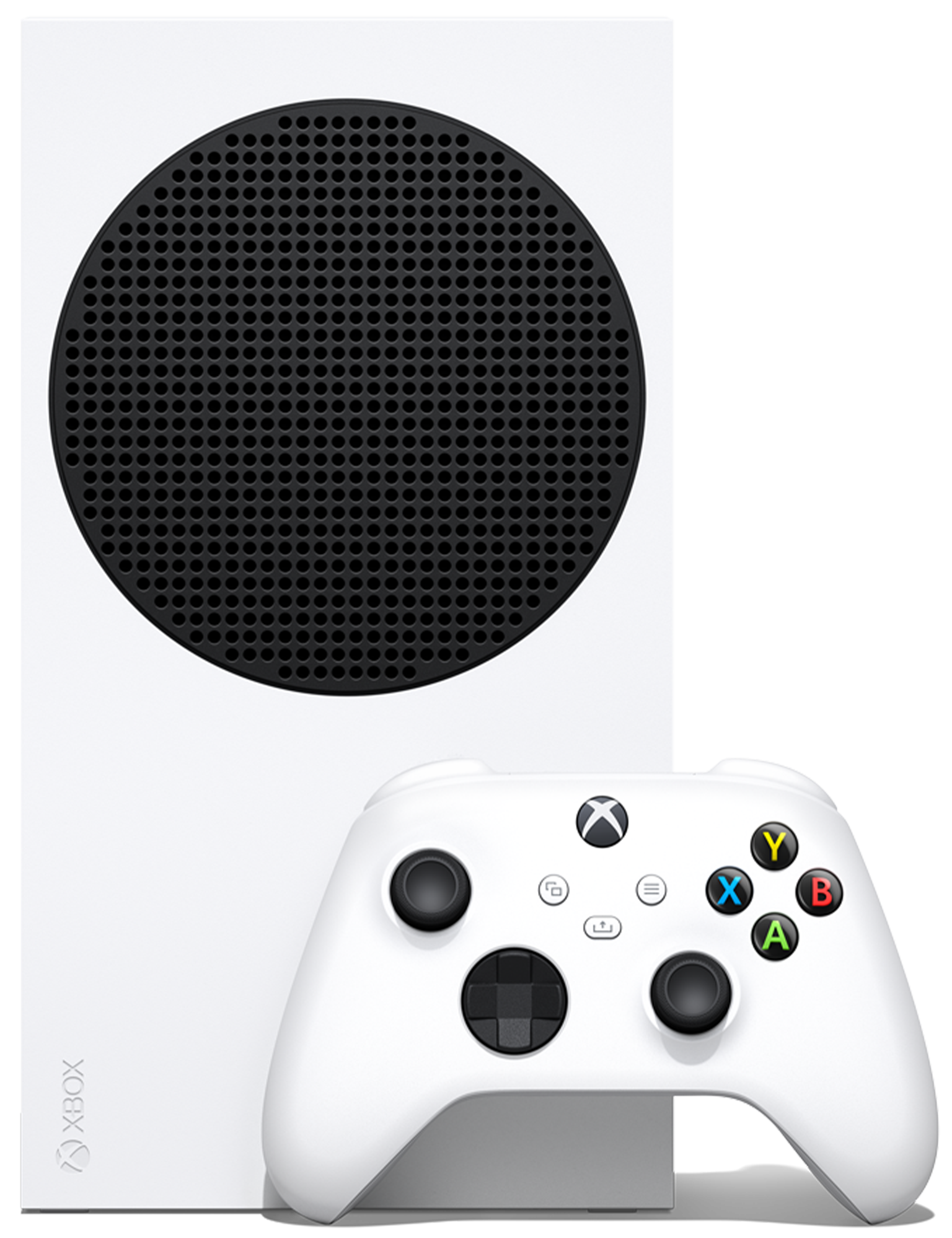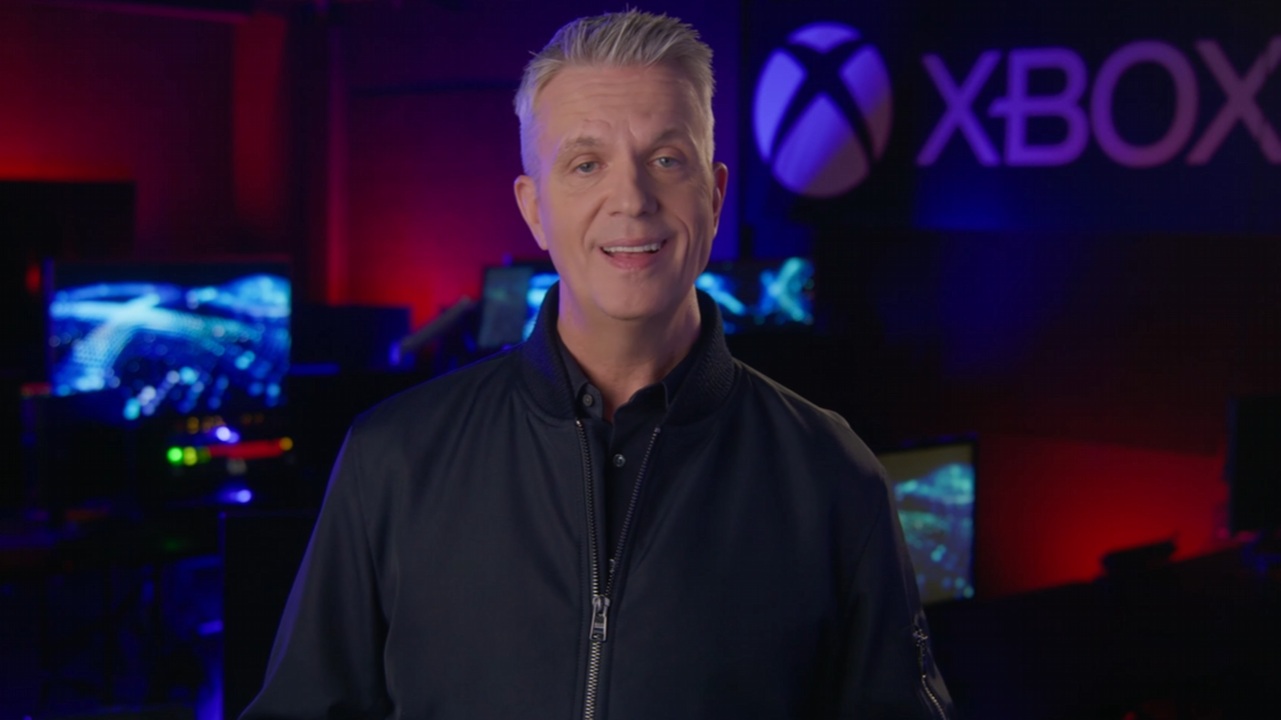Natively enhanced Xbox Series S games are proving the console's power and value

One of my biggest articles of the past several months is "Is the Xbox Series S more powerful than the Xbox One X?" And in a lot of ways, Microsoft didn't answer the question succinctly during the Xbox Series S' launch last year. The internals between the two devices are very different, with the One X of last-gen boasting more raw graphics potential, while the Series S has a modernized CPU and rapid loading times thanks to the SSD.
The biggest pitfall of the Xbox Series S, owing to its RAM, is that it falls back on the Xbox One S versions of backward-compatible games, rather than the Xbox One X version. As a result, many older games, or games not made natively for current-gen Xbox Series X and Series S consoles, look kind of awful. Over half a year later, though, the picture is starting to change.
More and more games are getting natively enhanced versions for the current gen consoles, which has put a spotlight on just how powerful the Xbox Series S really is. Crucially, it also puts a spotlight on the value of this thing, which costs less than a Nintendo Switch OLED, while pushing games like Halo Infinite all the way up to 120 FPS, while the former often struggles with 30.
As we put last-gen further and further behind us, it's becoming clear that the Xbox Series S, that so many underestimated, is becoming a serious contender.
Next-gen visuals at a past-gen price
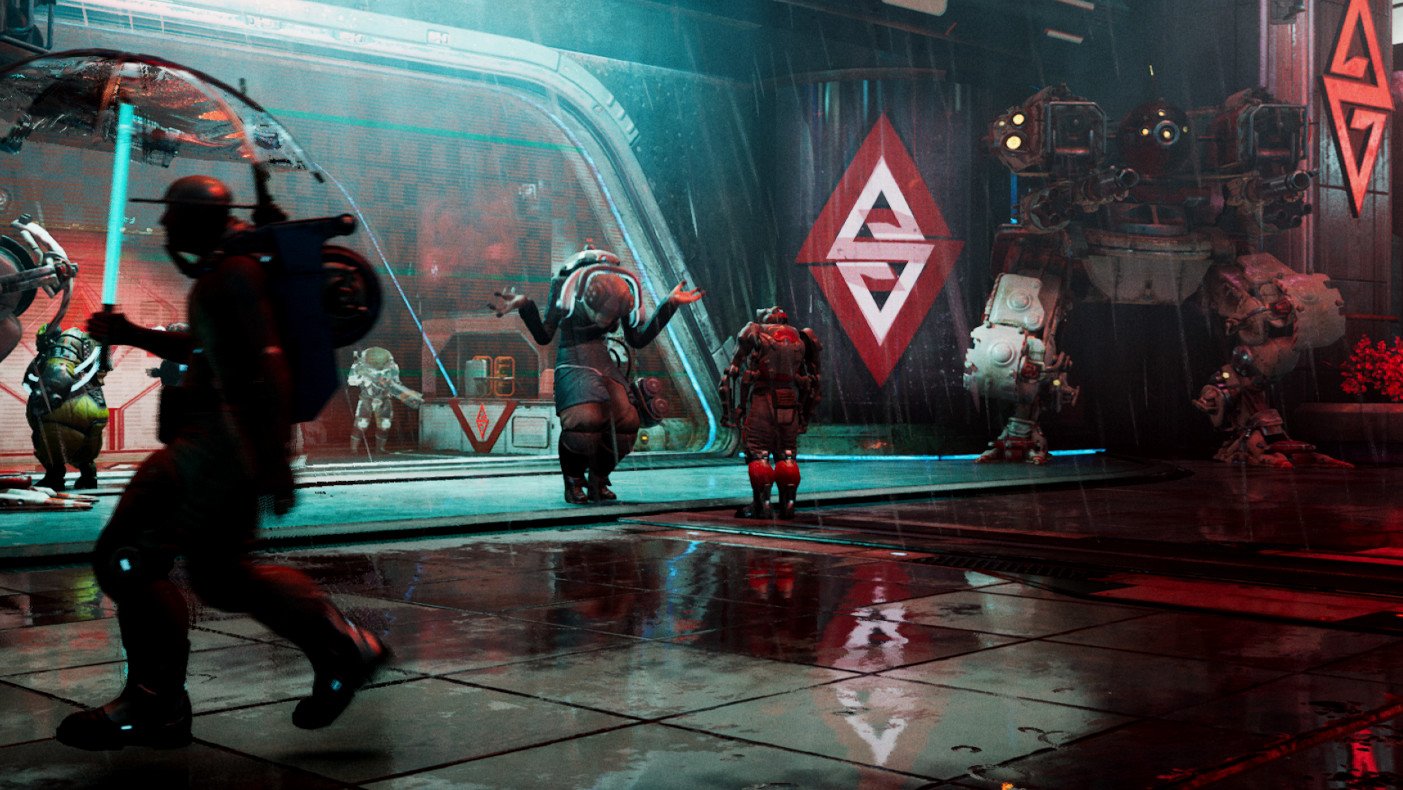
For the past few weeks, I've made the Xbox Series S my primary console, and my personal experience has been a little mixed, at least to begin with. Many of the games I tried from the outset weren't current-gen enhanced, running at a 1080p resolution oftentimes with fixed 30 FPS frame rates. Cyberpunk 2077 for example, looks truly hideous standing next to its Series X version. Even some Xbox Series S-enhanced games weren't exactly perfect either, standing in the shadow of the more potent Xbox Series X. Gradually, that situation has started to change in a big way.
The Ascent is probably the best-looking game I've seen on any of the new-gen consoles so far.
More and more studios have started to step up and re-evaluate their Xbox Series S counterparts. Chivalry 2, for example, is my current go-to competitive multiplayer game. I was disappointed to find that the Series S version ran at a measly 30 FPS on the console, which is a bit problematic given the game's reactive melee-combat. Much to my delight, though, Torn Banner went back and beefed up the game to 60 FPS, making it highly comparable to its higher-resolution cousin on the Series X.
Many of the biggest multiplayer games like Destiny 2 and Fortnite enjoy 120 FPS modes on the Xbox Series S. We have a full list of games that support 120 FPS on Xbox Series S and X here, and it's growing all the time. It's not all about frame rates, though.
All the latest news, reviews, and guides for Windows and Xbox diehards.

I recently reviewed The Ascent on Xbox Series S entirely too, testing it alongside the PC version running on an RTX 2070. I was enamored with the visual quality on the Series S, and found that quite honestly, The Ascent is probably the best-looking game I've seen on any of the new-gen consoles so far. Dozens of NPCs on screen with high-fidelity assets, dense environmental detail, truly stunning lighting — The Ascent flies in the face of Xbox Series S criticism, proving you can bring a next-gen experience to a past-gen price point. Other games like Microsoft Flight Simulator and Gears 5 absolutely soar on the Series S as well, showcasing the fact the console can produce high-fidelity visuals, and not just beefed up frame rates. The Xbox Series S often outputs at higher resolutions than 1080p as well, giving you a taste of 4K at a lower price.
The Xbox Series S confused many commentators when it was finally revealed, but it continues to be among the smarter plays Microsoft has made in this space in recent years.
Smart play, smart delivery
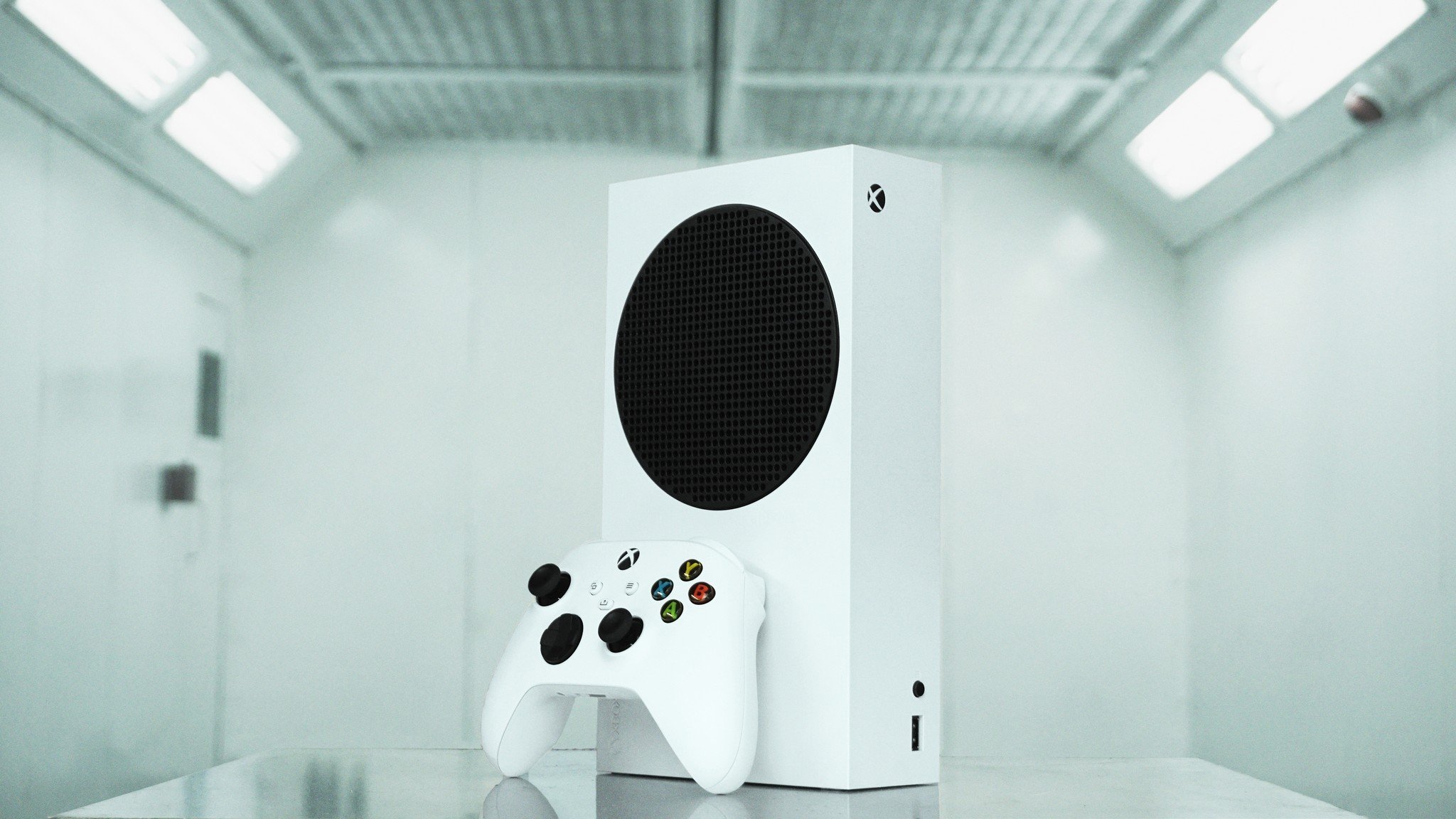
Many questioned Microsoft's decision to release not one, but two SKUs this gen. We were posting exclusive information about the Xbox Series S "Lockhart" over a year before its release, but I recall the sheer volume of analysis, both professional and armchair, claiming that it was "impossible." Alas, here we are. Not only was it not impossible, but it has also served to help Microsoft claim some NPD victories in the U.S. sales race.
In some ways, the console industry is stagnant in terms of growth. The PlayStation 5, Xbox Series X|S, and the Nintendo Switch continue to sell healthy numbers, but the growth rate pales in comparison to that of mobile, which gives people easy access to games right on the devices they already own. Console gaming ultimately has an access problem, and the Xbox Series S is absolutely the right console for the current climate. This is doubly true when you factor in the global chip shortage — the Xbox Series S is easier to manufacture than the PS5 or the Xbox Series X, giving Microsoft a potential volume advantage.
Competing with mobile is ultimately about competing on access. Microsoft is aggressively trying to lower the barriers into its ecosystem, both in terms of price, and availability. The Xbox Series S costs $300 upfront, and you can spread the cost out with Xbox All Access, too, which comes with hundreds of games baked in thanks to Xbox Game Pass.
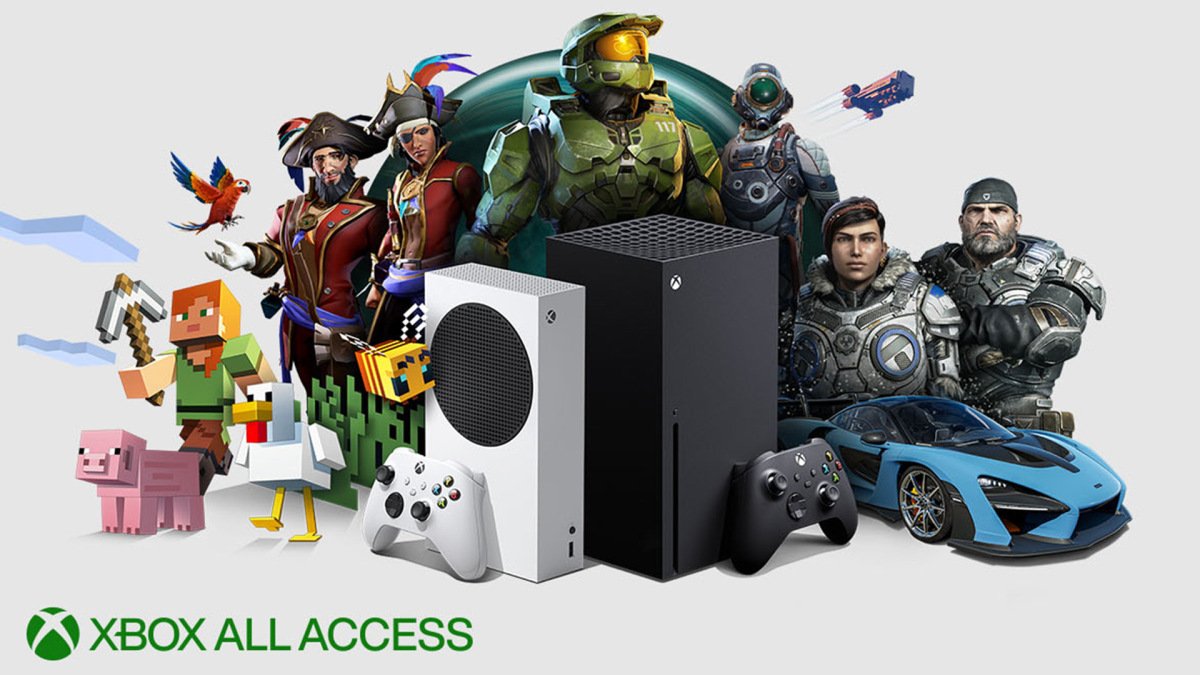
The buffet-style service is mobile-like in that it allows users to graze and try many different games very rapidly. Microsoft's future inclusion of cloud streaming to bypass installation times will also improve the experience for those who want immediate access — a factor that could get increasingly important as the younger generations explore outside of their mobile phone domain.
Features like FPS Boost means that Microsoft can also enhance the quality of past-gen games without any input from developers. Utilizing clever tricks and the CPU overhead, Microsoft can unlock the potential in games like Dark Souls III without the need for a patch or update, giving owners of the past-gen consoles an accessible upgrade path with tangible benefits, even without a 4K TV. Microsoft's forward-facing Smart Delivery feature also ensures gamers always get the best versions of the games for their console, without having to figure out what separate versions they need to buy (at least, if you're not buying a game from a scummy company like Activision, who abuses the system for profit).
It's hard to deny the value of the Xbox Series S on the face of it, and that value is only going to increase as time goes by.
Looking ahead
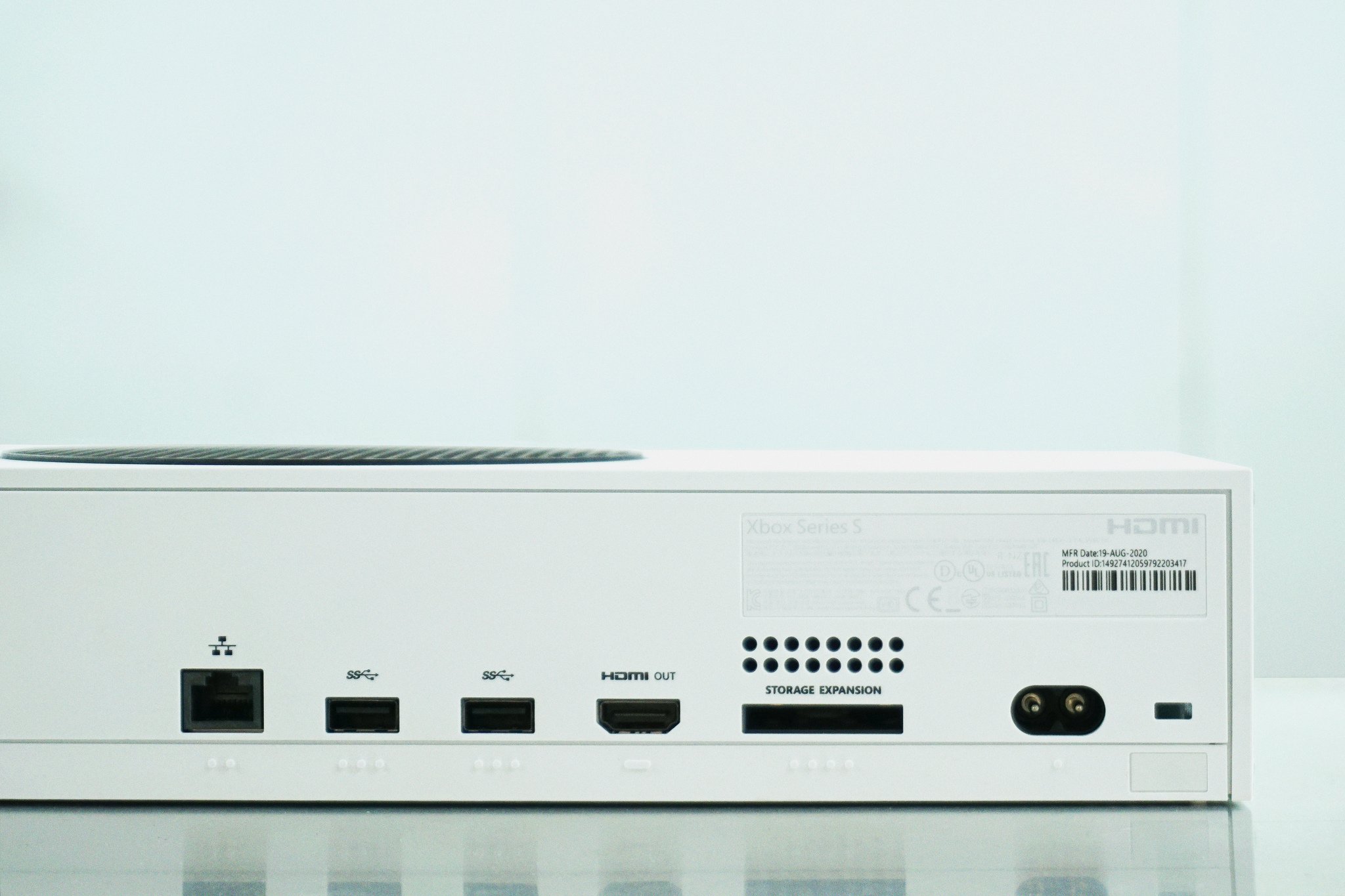
As more and more games ditch the past-gen consoles in favor of native Xbox Series X|S versions, the overall value of the console increases along with it. The Dead Space remake, for example, was announced to be a next-gen-only affair. FPS Boost continues to provide real-world benefits on classic past-gen games, and Xbox Game Pass continues to be the best-in-class service for console gaming.
Don't underestimate the Xbox Series S, good things often come in small packages.
I do have a 4K TV currently, and I have missed having the crisp resolution the Xbox Series X offers. The "downgrade," however, is nowhere near as steep as moving to an Xbox One-era console, though, which struggles to hit 60 FPS in most games, and sports long, plodding loading times owing to its mechanical HDD. The Xbox Series S has been nothing short of impressive, and I'd recommend it to basically anyone looking for an Xbox Game Pass machine, a console for a 1080p TV, or especially a youngster, who doesn't necessarily care about a few million extra pixels. All the best upcoming Xbox games are likely to be enhanced at this point now, and in the future.
Stunning. #MicrosoftFlightSimulator #XboxShare pic.twitter.com/cqRwpFeckUStunning. #MicrosoftFlightSimulator #XboxShare pic.twitter.com/cqRwpFeckU— Jez Corden (@JezCorden) August 2, 2021August 2, 2021
As we move deeper into the generation, I'm intrigued to find out just how good games will end up looking on this impressively tiny box. Could Microsoft leverage AI to create some sort of "Resolution Boost" similar to their FPS Boost feature? Will developer tools and OS builds improve to unlock further efficiency? Will moving away from past-gen versions help studios create more optimized versions? The answer to all of these is probably yes, and the Xbox Series S is likely to benefit from it more than most. Don't underestimate the Xbox Series S; good things often come in small packages.
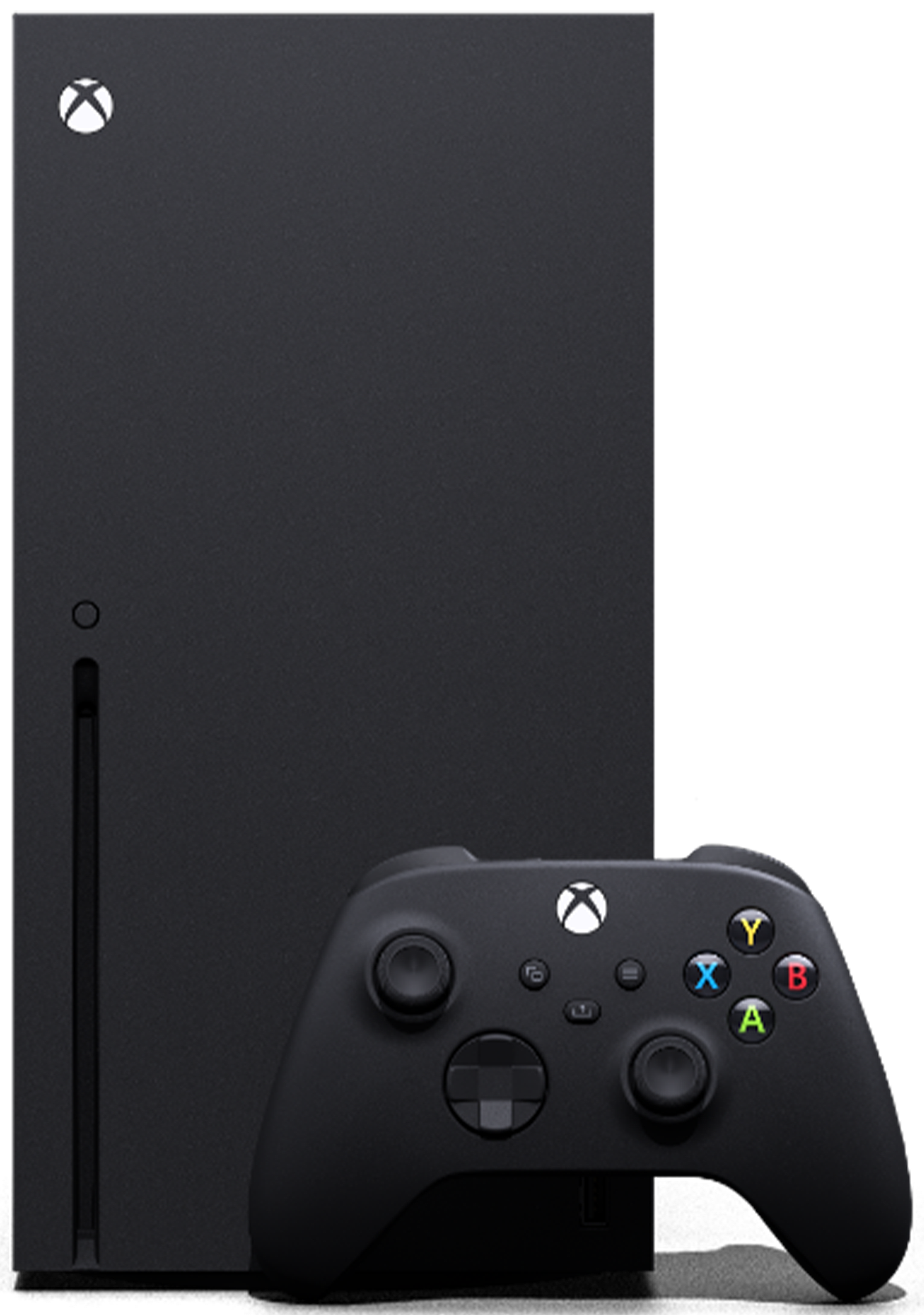
The full next-generation experience.
Xbox Series X is Microsoft's new flagship, as its most powerful console with over 12TF GPU performance and a custom SSD. It boasts up to 4K resolution and 120 FPS, full backward compatibility across four generations, and ray-tracing support.

Jez Corden is the Executive Editor at Windows Central, focusing primarily on all things Xbox and gaming. Jez is known for breaking exclusive news and analysis as relates to the Microsoft ecosystem while being powered by tea. Follow on Twitter (X) and tune in to the XB2 Podcast, all about, you guessed it, Xbox!
